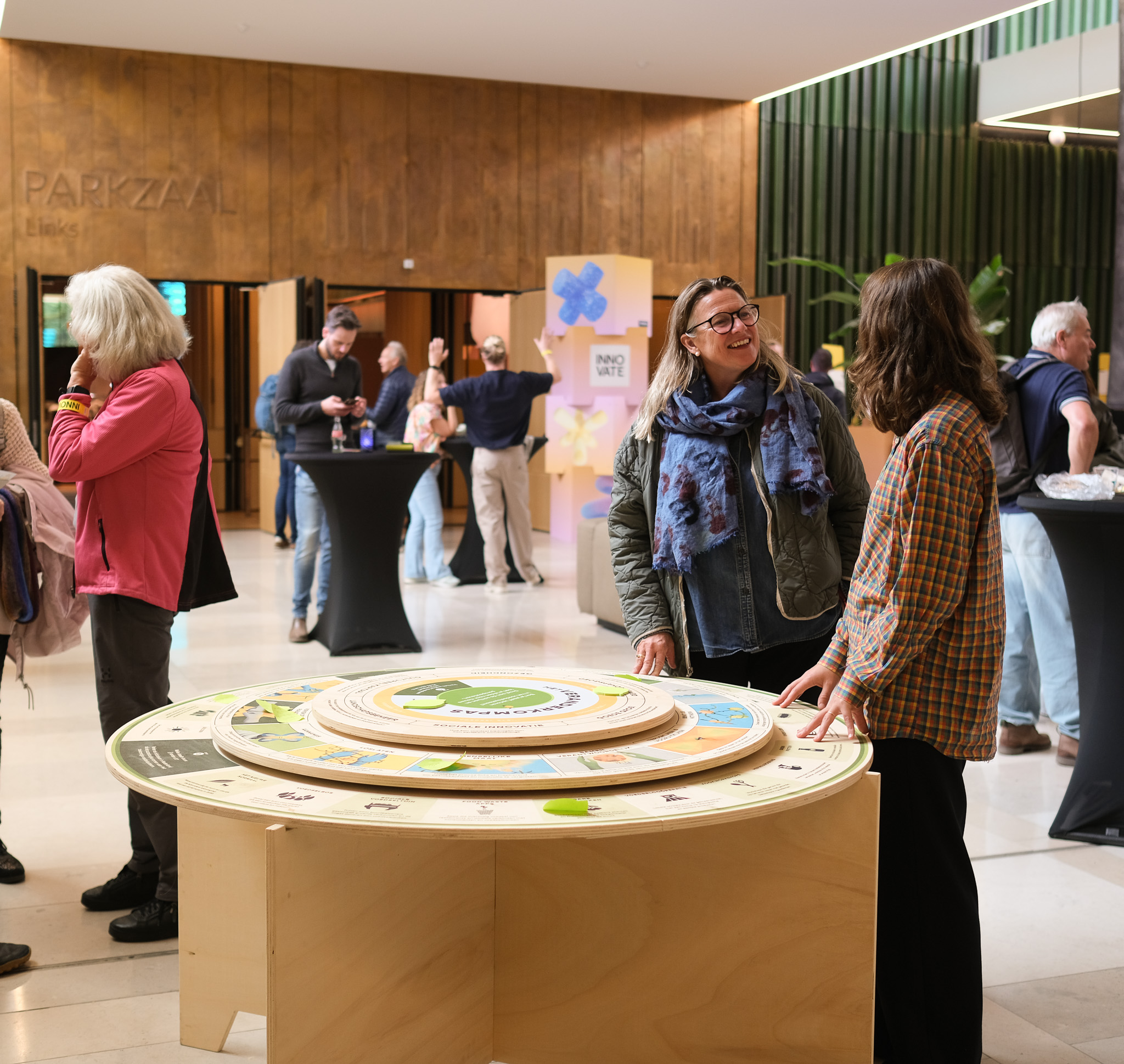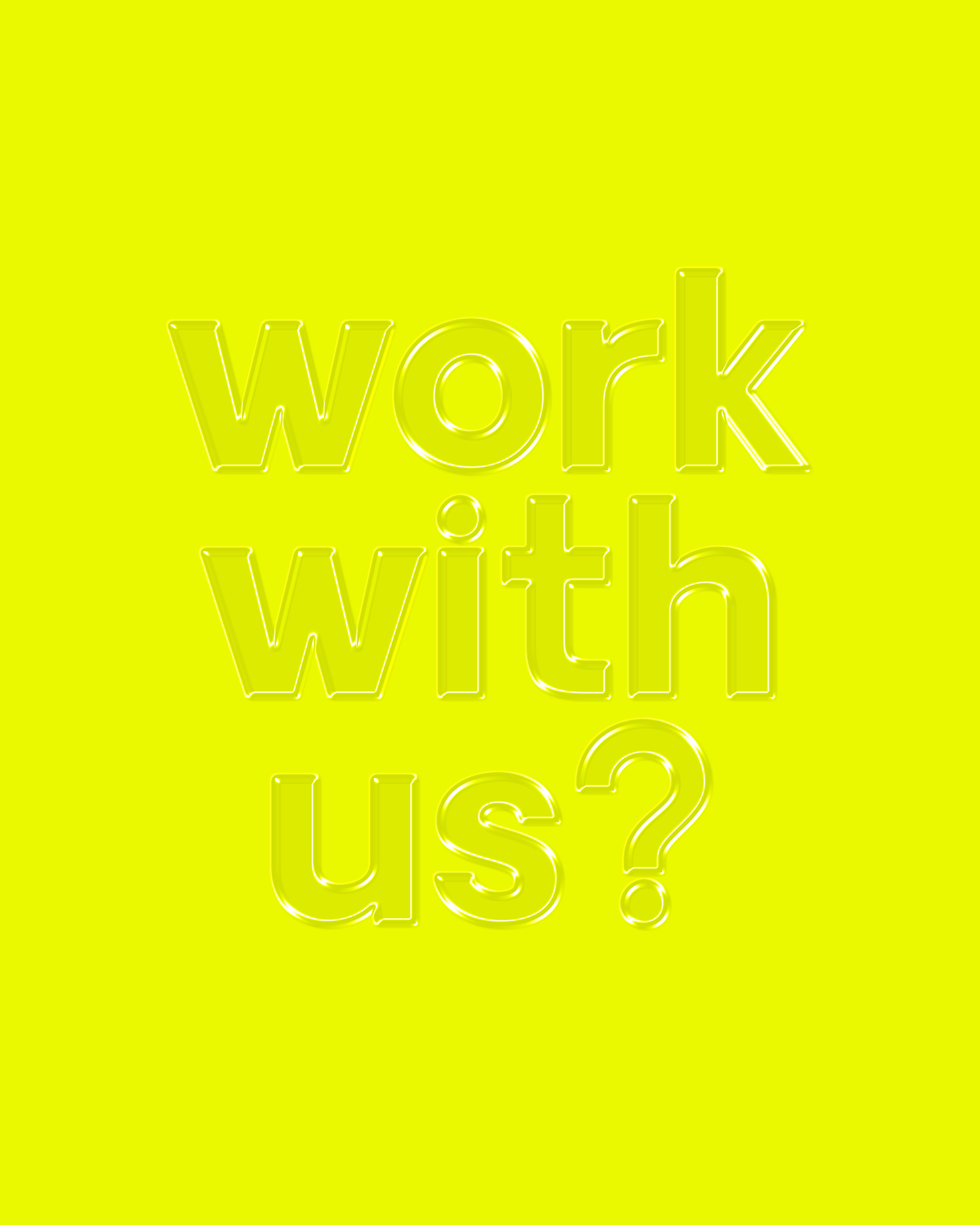A week of feeling food systems on a farm in Zeeland
Bodemkracht: A week of feeling through food systems on a farm in Zeeland

As part of our Earthlings project, we are working with the Fitzwilliam Museum and youth researchers to explore how museum collections can facilitate more imaginative and impactful conversations about the polycrisis.
This blog shares our process of developing a tool for these workshops, to help young people make sense of the nuances of societal structures. It was originally posted on our Earthlings website.
At the core of the project, and central to our first session with the youth researchers, was our need to develop an accessible way for young participants to develop a systemic understanding of their own place, before applying similar thinking to medieval societies and climate futures. This is where VERGE came in, a common tool from the field of foresight. This blog shares how we adapted that tool to our audience, and how it helped us unlock systemic conversations about both past and future.
A short intro to verge
If you’re reading this there’s a small chance you are deep enough in the futures field to be familiar with verge. For the majority who aren’t - it’s a world building tool, and I’ve mainly used it to add a ‘human richness’ to a story or scenario set. It is less of a framework really than it is a list of ethnographic questions that you can ask in turn to interrogate a system, story or scenario, adding nuance and depth of understanding as you do.
It was developed by Richard Lum and Mihelle Bowman, and although they don’t make this very explicit, it's similar in structure to an iceberg model, or Causal Layered Analysis in that it works down through layers of a system, from the more abstract ‘DEFINE’ (meaning making) to the concrete CONSUME (the stuff we use.) And more so than the other two models, verge asks questions about peoples lives, everyday interactions and communities, making it better for generating stories, and making it just a little bit more relatable - a bit more connected to our lived realities.
Applying verge to decipher systems with young people
If you’ve worked with young people (in this project we were working with 15 year olds) you will however agree that the questions as articulated above need a bit of adaptation. As a framework (which its arguably not) the categories are a little hard to bound or conceptualise.
We were running a series of dialogues with students at Soham Village College in East Cambridgeshire, UK, exploring the futures of the fenlands through medieval illuminated manuscripts (more on this later.) The overall goal was to develop new societal narratives around the climate transition, inspired by medieval society. But to do this we had to first understand how to see the different layers of society- down to a narrative level.
In the first session we used VERGE to develop systemic views of Soham - the place where our students live and go to school. Using tracing paper we developed a mapping activity where they analysed aspects of their local town against each of the five layers.

The approach was useful but ran into a few challenges. We wanted a common thread to run through the session. We chose a paper based approach as the project was intended to respond to and interact with illuminated manuscripts (see later on.) Nonetheless, within the paper constraints, each layer was designed to be visually and methodologically distinct: some drawing, some commenting, some connecting dots, some blotting out- but it was all still a bit 2D. And after 5 iterations of different layers it did start to feel a bit repetitive.
Still, our young participants generally responded that they had really understood the layered nature of society, and this was one of the key takeaways they took from all the sessions.
Simplifying the tool
For the next session we wanted to reduce the layers, so we decided to redesign the tool with our group of young people. Through a series of short discussions and voting, we condensed it to three layers, getting the young people to vote on each layer.
Young people being young people, there was a group of boys who block-voted to ensure that at least one of the names was a slightly silly one. I think they were a bit surprised when we rolled with it and used it for the rest of the session.
Using the three layers to decode medieval society
These three layers worked really well for helping us to unpick and understand the different layers of medieval society. Our Medieval manuscript curator Suzanne Reynolds from the Fitzwilliam museum was briefed on the layers and presented the manuscripts using those lenses. All young people were asked to make notes against the layers on flash cards with one for each. And then in facilitated small group conversations we could build up an understanding of the worlds in a way that connected people’s resources and day to day lives with the values and foundational stories that drive and draw from them.
A tool we’ll test again
I think we’ll use these layers again, maybe with a little refinement and renaming. It feels like an accessible blend of the cognitively challenging CLA, and the rich but dense verge framework. Yes it misses some of the nuance of the latter, but I think the accessibility makes it worth it particularly for young groups.
Please do use and adapt the approach if it feels useful in your context, and if you want most info I would be very happy to share so please do get in touch.

Bodemkracht: A week of feeling through food systems on a farm in Zeeland

How do people take ownership and find their own solutions to reshape the food system.

Launching Earthlings - project platform dedicated to engaging with the “polycrisis” through culture

Two opportunities to get involved with our projects this fall.
55 Wallis Rd, Unit K
Hackney Wick, London, E95LH, UK
Havenstraat 157, 3024SJ
Rotterdam, the Netherlands